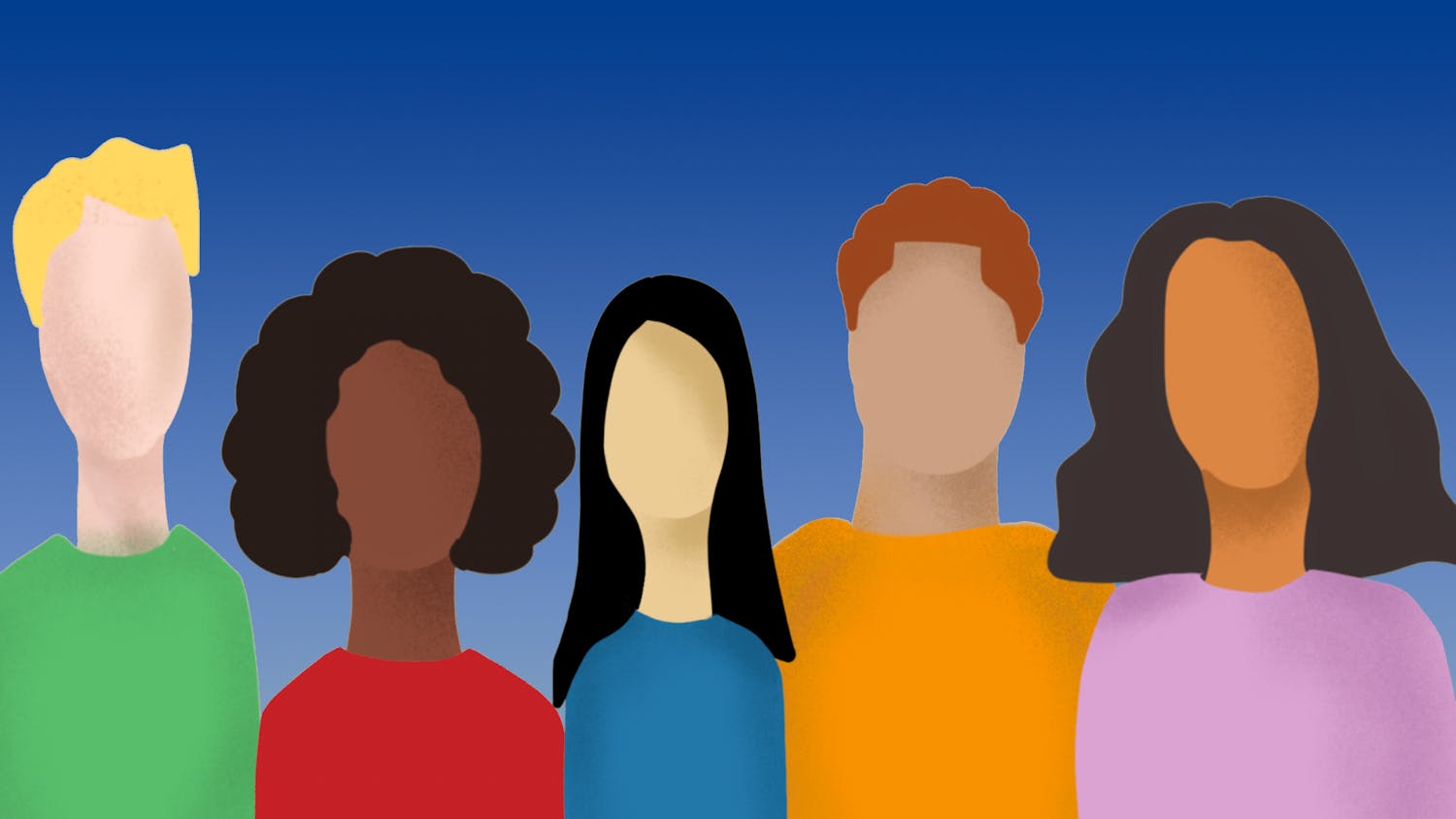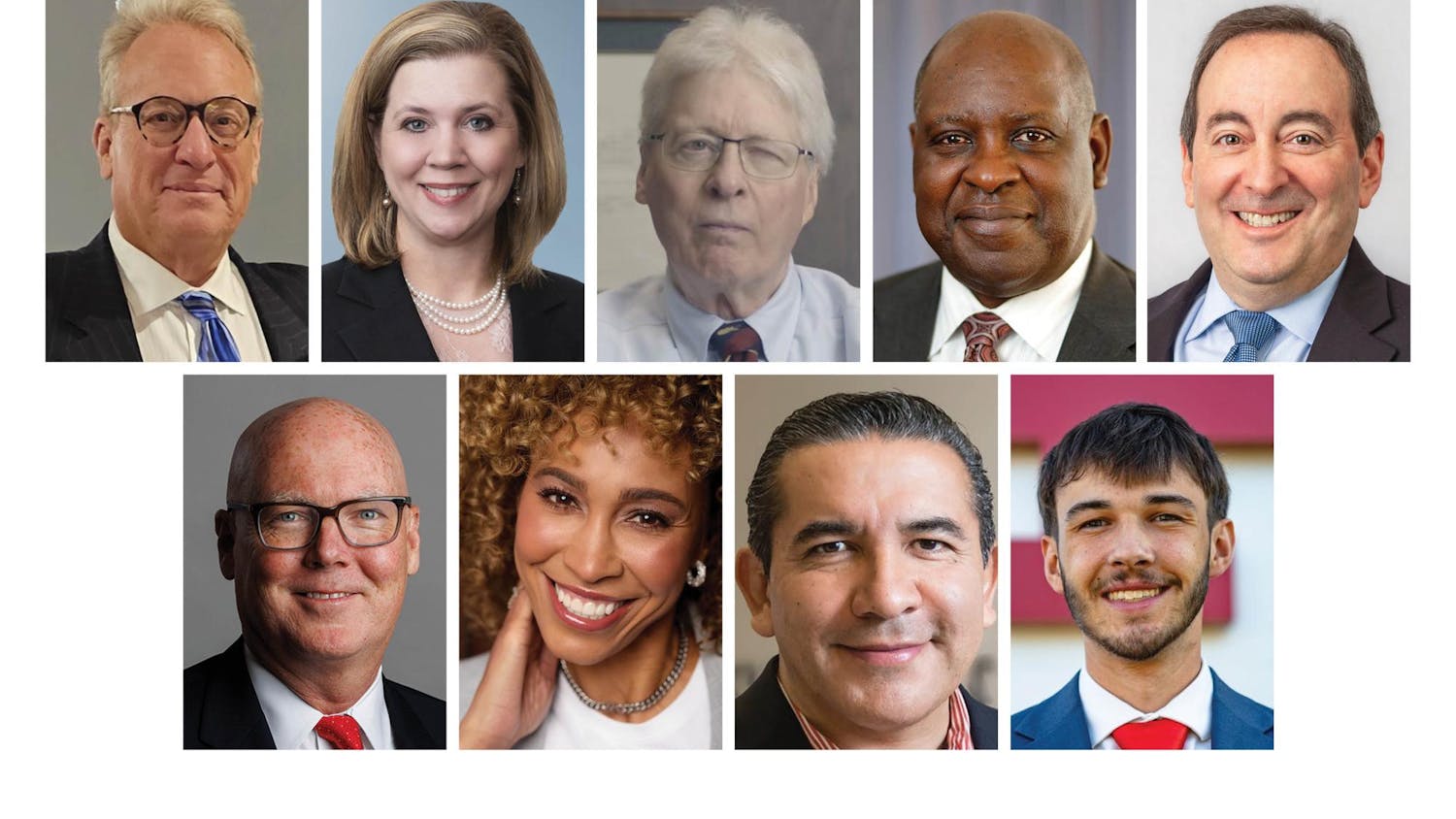Thirty-seven countries, 17 million square miles and more than 3 million inhabitants. To borrow a line from the oft-quoted movie “Anchorman,” the continent of Asia is “kind of a big deal.”\nYet here in the United States, we tend to simplify the wide range of people hailing from this giant landmass as “Asians,” disregarding the acute cultural, economic and social differences that often exist between different regions of the continent. \nThis tendency toward demographic overgeneralization has even found its way into higher education. After years of working to bring greater ethnic and cultural diversity to their campuses, colleges across the nation consistently enroll a substantial Asian-American contingent in their freshman classes. It is undeniable that students of Asian descent no longer constitute an underrepresented minority in the U.S. university system. To take an extreme case, 43.3 percent of all undergraduate students enrolled at the University of California-Berkeley for the spring semester of 2007 were classified as Asian/Asian-American/Pacific Islander.\nStill, there are some who are now pushing to differentiate even further between different Asian racial and ethnic groups on college applications. To us, their complaint seems legitimate: There is definitely a difference between a wealthy, third-generation Chinese-American and an economically disadvantaged, first-generation child of Cambodian refugees. Thus, the general label of “Asian” is too broad and might limit the chances of certain groups to be accepted into college and obtain the financial aid necessary to do so.\nBut although it seems more fair to subdivide broad ethnic categories, if one demographic is subdivided into many different national and ethnic groups, then shouldn’t the others be as well? As long as we distinguish Chinese-Americans from Laotian-Americans, then it is only fair to distinguish Panamanian-Americans from Mexican-Americans and Scottish-Americans from Irish-Americans. You can already see where this is going – the different ethnic permutations are boundless. Think about how overwhelmed you felt writing the essays and personal statements for your college applications. Well, just think how much more overwhelming the whole process would be if you had to go through pages of check boxes of ethnic and racial potpourri in the personal information section.\nComplicated, huh? The debate over the role that ethnicity should play in college admissions has always been controversial, and making these further differentiations, while more egalitarian, is extremely impractical and might make matters worse. So instead of relying on an applicant’s national or racial heritage alone, schools need to take a serious look at his or her economic standing – because the ethnic playing field has been somewhat leveled, this might be a more accurate indicator of who is or isn’t “disadvantaged.” Because many immigrants come to the United States seeking economic opportunity, it might turn out that national heritage and economic standing line up anyway. \nThe composition of the American population is constantly in flux, and since higher education is often the gateway to a social mobility and a higher standard of living, colleges need to remain flexible, be aware of these changes and avoid generalizations. \nChinese does not equal Japanese does not equal Burmese. To open our minds, maybe we should begin by opening an atlas.
Dividing lines
WE SAY: Breaking down ethnicity further won’t fix broader problems
Get stories like this in your inbox
Subscribe




